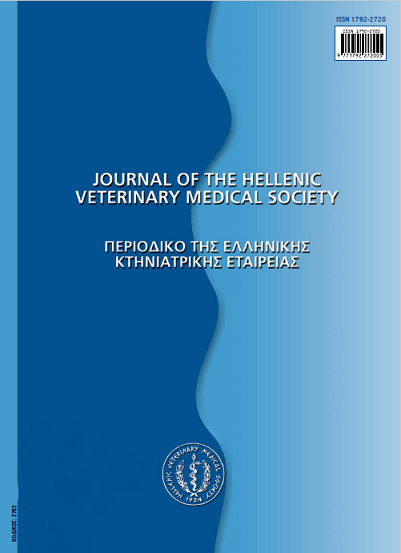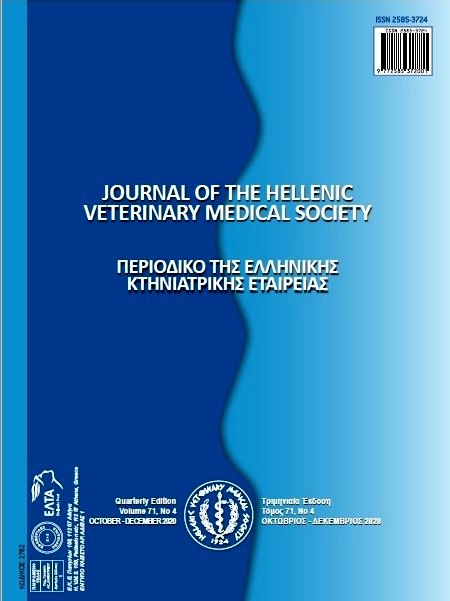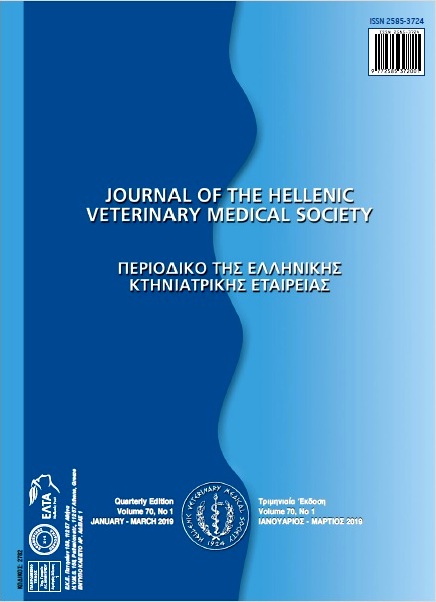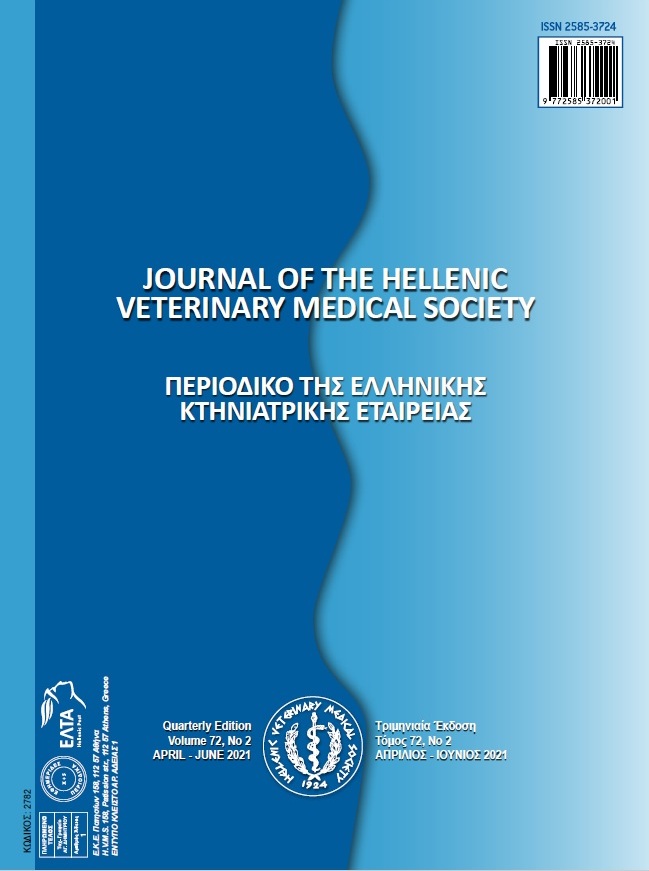Campylobacter spp. infection in humans and poultry
Abstract
Campylobacter is well recognized as the leading cause of bacterial foodborne diarrheal disease worldwide. The infection may be subclinical or cause disease of variable severity. The eating and handling of improperly cooked or raw broiler meat has been shown to be one of the most important sources of human campylobacteriosis. Birds carrying Campylobacter are asymptomatic colonizers without any clinical signs. Broilers are considered Campylobacter free after hatching and become colonized by exposure to viable bacteria from the environment. Several risk factors can result in the introduction of Campylobacter into the flocks making it difficult to keep chicken flocks free of Campylobacter throughout the rearing period. Lack of biosecurity measures, season, age, partial depopulation practices, flock size, type of production system, presence of other animals on farm, water quality, presence of rodents and mechanical transmission via insects are considered to be some of the risk factors associated with horizontal transmission. The control of Campylobacter in poultry seems crucial for the reduction of human campylobacteriosis cases. In Greece, there has been a dearth of information on prevalence and risk factors of Campylobacter in broiler flocks. Therefore, it is essential to initially investigate the prevalence of Campylobacter infection on farms and in poultry carcasses and subsequently the risk factors at all production stages of broiler meat and plan intervention studies to help reducing the disease in humans. This paper review the most recent data reported worldwide on Campylobacter infection in humans and poultry in order to provide an overview of trends, risks, possible causes and mechanisms of transmission routes.
Article Details
- Zitationsvorschlag
-
NATSOS, G., KOUTOULIS, K. C., SOSSIDOU, E., CHEMALY, M., & MOUTTOTOU, N. K. (2018). Campylobacter spp. infection in humans and poultry. Journal of the Hellenic Veterinary Medical Society, 67(2), 65–82. https://doi.org/10.12681/jhvms.15624
- Ausgabe
- Bd. 67 Nr. 2 (2016)
- Rubrik
- Review Articles

Dieses Werk steht unter der Lizenz Creative Commons Namensnennung - Nicht-kommerziell 4.0 International.
Authors who publish with this journal agree to the following terms:
· Authors retain copyright and grant the journal right of first publication with the work simultaneously licensed under a Creative Commons Attribution Non-Commercial License that allows others to share the work with an acknowledgement of the work's authorship and initial publication in this journal.
· Authors are able to enter into separate, additional contractual arrangements for the non-exclusive distribution of the journal's published version of the work (e.g. post it to an institutional repository or publish it in a book), with an acknowledgement of its initial publication in this journal.
· Authors are permitted and encouraged to post their work online (preferably in institutional repositories or on their website) prior to and during the submission process, as it can lead to productive exchanges, as well as earlier and greater citation of published work.






